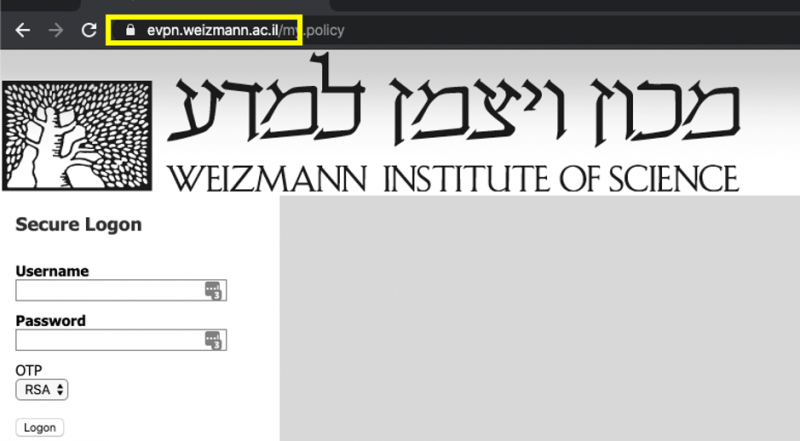

- #F5 VPN CLIENT WINDOWS 10 DOES NOT SHOW IN LIST SOFTWARE#
- #F5 VPN CLIENT WINDOWS 10 DOES NOT SHOW IN LIST PASSWORD#
- #F5 VPN CLIENT WINDOWS 10 DOES NOT SHOW IN LIST SERIES#
Click the Disconnect button when you don’t want to use your VPN. They also help you identify ways to optimize and monetize your network, improving your bottom line.
#F5 VPN CLIENT WINDOWS 10 DOES NOT SHOW IN LIST SERIES#
That way you’ll always be prompted for your password, but not your user name (which can often be a series of random numbers and letters). One “meet in the middle” solution for your VPN is to enter your user name, but not password.
#F5 VPN CLIENT WINDOWS 10 DOES NOT SHOW IN LIST PASSWORD#
Similarly to how you have your home WiFi set up, your probably don’t have to enter your password every time you connect to it. This means each time you connect to your VPN service, you’ll be prompted to enter your username and password instead of having that information saved. The User name and Password fields are actually optional.

For the sake of this tutorial we’re going to use Point to Point Tunneling Protocol (PPTP), but the steps for Layer 2 Tunneling Protocol with IPSec (L2TP/IPSec) are very similar, and you should have no trouble following along. and select your type of VPN connection.Next, enter your VPN server address in the Server name or address field. It doesn’t matter what you call it, but something descriptive is always best. Then enter a name in the Connection name field. Start out by selecting Windows (built-in) from the VPN provider pull-down menu. On the right side of the screen, click Add a VPN connection.From the column on the left side of the screen, select VPN.Click the Windows 10 “Start Button” and select Settings.It doesn’t matter if you have no idea what any of that means, just make sure your VPN service supports one of those two ( Private Internet Access supports both). Those protocols include PPTP and L2TP/IPSec – two of the most common VPN types.
#F5 VPN CLIENT WINDOWS 10 DOES NOT SHOW IN LIST SOFTWARE#
Windows 10 supports several VPN protocols “out of the box” (no additional software is needed). If you don’t have a VPN service yet, or you’re unhappy with your current one, I strongly recommend and endorse the VPN service provided by Private Internet Access, which works seamlessly with Windows 10. This guide will take you each step of the way through setting up and configuring a VPN on your Windows 10 PC/laptop/tablet.


 0 kommentar(er)
0 kommentar(er)
